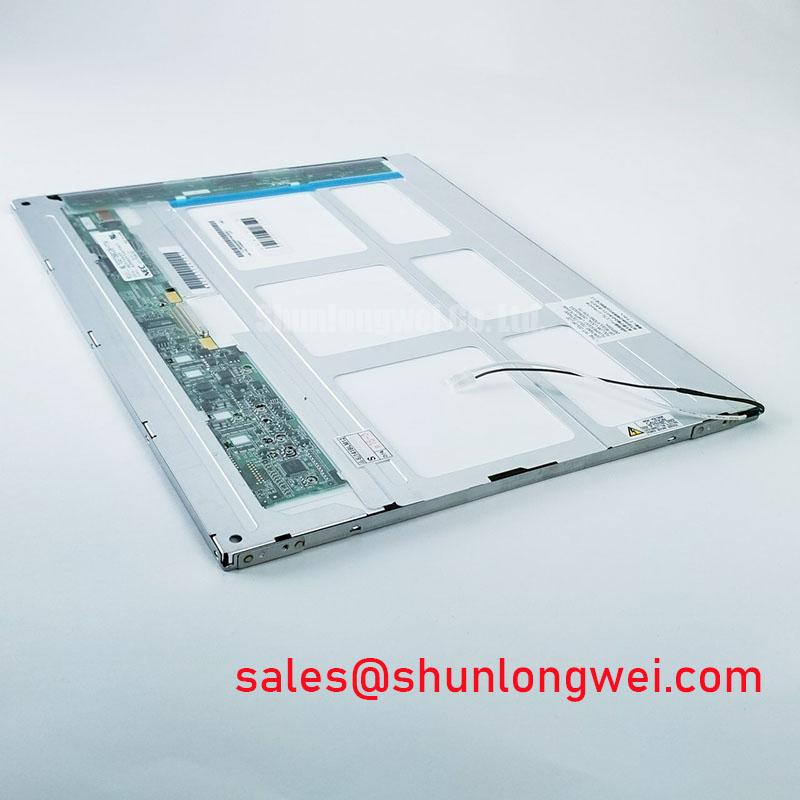
The liquid crystal display is a passive display. It cannot emit light and can only use the light of the surrounding environment. It only needs a small amount of energy to display patterns or characters. It is precisely because of low power consumption and miniaturization that
LCD becomes a better display method. The liquid crystal material used in liquid crystal display is an organic substance with both liquid and solid properties. Its rod-like structure is generally arranged in parallel in the liquid crystal cell, but its arrangement direction can be changed under the action of an electric field. For positive TN-LCD, when no voltage is applied to the electrodes, the LCD is in the "OFF" state, and the light energy passes through the LCD to be in a white state; when voltage is applied to the electrodes, the LCD is in the "ON" state, and the liquid crystal molecules are in the long axis direction. Arranged along the direction of the electric field, the light cannot pass through the LCD and is black. By selectively applying voltage on the electrodes, different patterns can be displayed. For STN-LCD, the twist angle of the liquid crystal is larger, so the contrast is better and the viewing angle is wider. STN-LCD is based on the principle of birefringence to display, its primary color is generally yellow-green, and the font is blue, which becomes a yellow-green mode. When using a purple polarizer, the base color will change to gray and become a gray mold. When using a polarizer with a compensation film, the primary color will become close to white. At this time, the STN becomes the black and white mode, which is FSTN, and the polarizers of the above three modes are turned 90°, that is, the blue mode, and the effect will be better.
2. The structure of the liquid crystal display device
The liquid crystal display is a liquid crystal box made of two pieces of conductive glass on the top and bottom. The box is filled with liquid crystal and sealed with a sealing material-a plastic frame (usually epoxy resin). Polarizers are attached to the two outsides of the box. The interval between the upper and lower glass sheets in the liquid crystal cell, which is commonly referred to as the cell thickness, is generally several microns (the diameter of human accuracy is tens of microns). The inner side of the upper and lower glass sheets, corresponding to the display pattern, is plated with a transparent tin oxide-tin oxide (ITO for short) conductive film, which is the display electrode. The main function of the electrode is to allow external electrical signals to be applied to the liquid crystal through it. The entire display area inside the glass sheet in the liquid crystal cell is covered with an alignment layer. The function of the alignment layer is to align the liquid crystal molecules in a specific direction. The alignment layer is usually a thin layer of high molecular weight organic matter and has been rubbed. It can also be prepared by vacuum evaporation of a silicon oxide film on the glass surface at a certain angle. The TN type liquid crystal display is filled with positive nematic liquid crystals. The orientation of the liquid crystal molecules is to make the long rod-shaped liquid crystal molecules arranged in a fixed direction parallel to the glass surface, and the direction of the long axis of the molecules is along the direction of the orientation treatment. The orientation directions of the upper and lower glass surfaces are perpendicular to each other, so that in the direction perpendicular to the surface of the glass sheet, the orientation of the liquid crystal molecules in the cell is gradually distorted, from the upper glass sheet to the lower glass sheet by 90° (see the figure below). This is the origin of the name of the twisted nematic liquid crystal display.
In fact, the liquid crystal molecules close to the glass surface are not completely equal to the glass surface, but form a certain angle with it. This angle is called the pretilt angle, which is generally 1°~2°. The two outer sides of the glass sheet in the liquid crystal cell are respectively covered with polarizers. The polarization axes of the two polarizers are parallel to each other (normally black type with white characters on a black background) or orthogonal to each other (normally white type with black characters on a white background), and And the orientation direction of the liquid crystal cell surface is parallel or perpendicular to each other. Polarizers are generally processed by polymer plastic films under certain technological conditions.
What we usually see is a reverse-type liquid crystal display, which still has a reflective sheet behind the polarizer on the bottom. In this way, the incident and observation of light are on the same side of the liquid crystal cell.
TN, HTN, STN structure: FSTN, ECB-Multi-colorSTN structure: ColorSTN structure:
Third, the basic performance of liquid crystal display devices
Electro-optical performance: the curve of LCD optical transmittance with voltage,
Response speed: how fast or slow the transmittance changes after the LCD is applied with voltage,
Contrast ratio: The ratio of the transmittance of the LCD in the selected state and the non-selected state.
Viewing angle graph: The iso-contrast curve graph obtained by observing the LCD under different viewing angles.
Temperature performance: Since the physical properties of the liquid crystal material itself change with the temperature, it leads to
LCD threshold, transmission spectrum, etc. will drift with temperature.
Frequency response: LCD can only work in a proper frequency range, too low will cause the display to flicker too high
The liquid crystal molecules cannot keep up with changes in the electric field.
LCD power consumption: refers to the current density per unit display area.
Life:
·Industrial products guarantee 100,000 hours. ·The civilian goods are guaranteed for 50000 hours.
Other properties: anti-ultraviolet, anti-glare, anti-scratch, etc.
